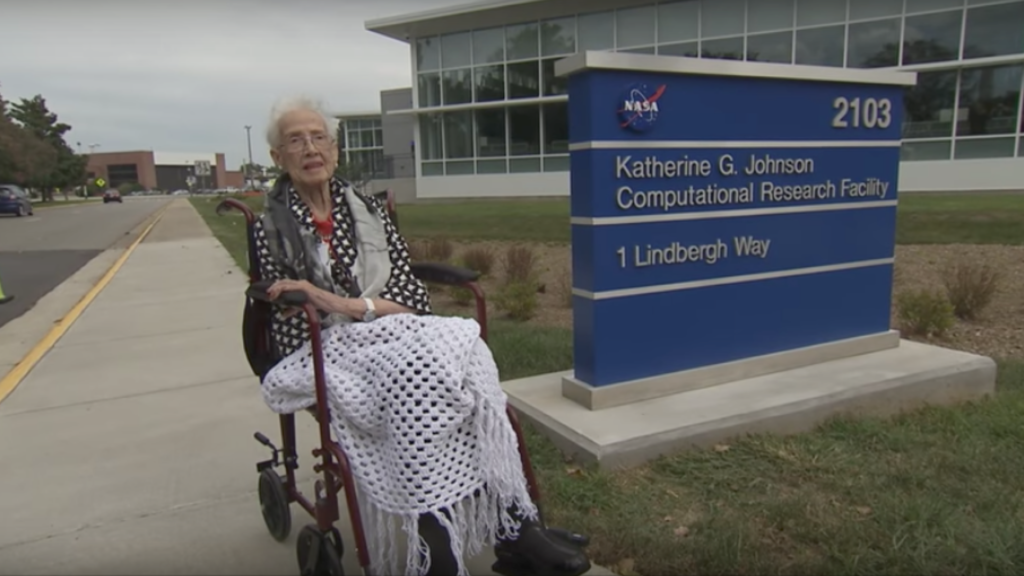 Katherine Johnson not only had herself solidified in history with the award-winning movie, Hidden Figures, she has also another honor: a research building of NASA being named after her.
Katherine Johnson not only had herself solidified in history with the award-winning movie, Hidden Figures, she has also another honor: a research building of NASA being named after her.
Johnson was a “human computer” at Langley who calculated trajectories for America’s first spaceflights. She worked at Langley from 1953 until retiring in 1986. After the truth came out and Johnson’s story began to become hidden no more, she was awarded the Presidential Medal of Freedom, the nation’s highest civilian honor, by then-President Barack Obama at the White House in 2015.
When she heard that NASA’s Langley Research Center in Hampton, Virginia, would name its newest building after her, Katherine Johnson responded in the only way should could -- honestly.
“You want my honest answer? I think they’re crazy,” the 99-year-old Johnson, of “Hidden Figures” fame, said with a laugh.
The Katherine G. Johnson Computational Research Facility, or CRF, was dedicated Sept. 22 with a ribbon-cutting ceremony attended by family and friends of Johnson and her fellow “human computers,” students from Black Girls Code and the 21st Century Community Learning Centers program, and special guests from across Virginia.
“You have been a trailblazer,” Virginia Gov. Terry McAuliffe said during the ceremony. “When I think of Virginia and the history of what we’ve gone through … you’re at the top of that list.”
In 1953, after years as a teacher and later as a stay-at-home mom, she began working for NASA’s predecessor, the National Advisory Committee for Aeronautics, or NACA. The NACA had taken the unusual step of hiring women for the tedious and precise work of measuring and calculating the results of wind tunnel tests in 1935. In a time before the electronic computers we know today, these women had the job title of “computer.” During World War II, NACA expanded this effort to include African-American women.
The NACA was so pleased with the results that, unlike many organizations, they kept the “women computers” at work after the war. By 1953 the growing demands of early space research meant there were openings for African-American computers at Langley Research Center’s Guidance and Navigation Department. That’s where Johnson found the perfect place to put her extraordinary mathematical skills to work.
In 1962, as NASA prepared for the orbital mission of John Glenn, Johnson was called on to do the work that she would become most known for. The complexity of the orbital flight had required the construction of a...
...worldwide communications network, linking tracking stations around the world to computers in Washington, Cape Canaveral, Florida, and Bermuda.
The computers had been programmed with orbital equations that would control the trajectory of the capsule in Glenn’s Friendship 7 mission, from blast off to splashdown, but the astronauts were wary of putting their lives in the care of the electronic calculating machines, which were prone to hiccups and blackouts.
As a part of the preflight checklist, Glenn asked engineers to “get the girl” — Johnson — to run the same numbers through the same equations that had been programmed into the computer, but by hand, on her desktop mechanical calculating machine.
“If she says they’re good,” Johnson remembers Glenn saying, “then I’m ready to go.” Glenn’s flight was a success, and marked a turning point in the competition between the U.S. and the Soviet Union in space.









